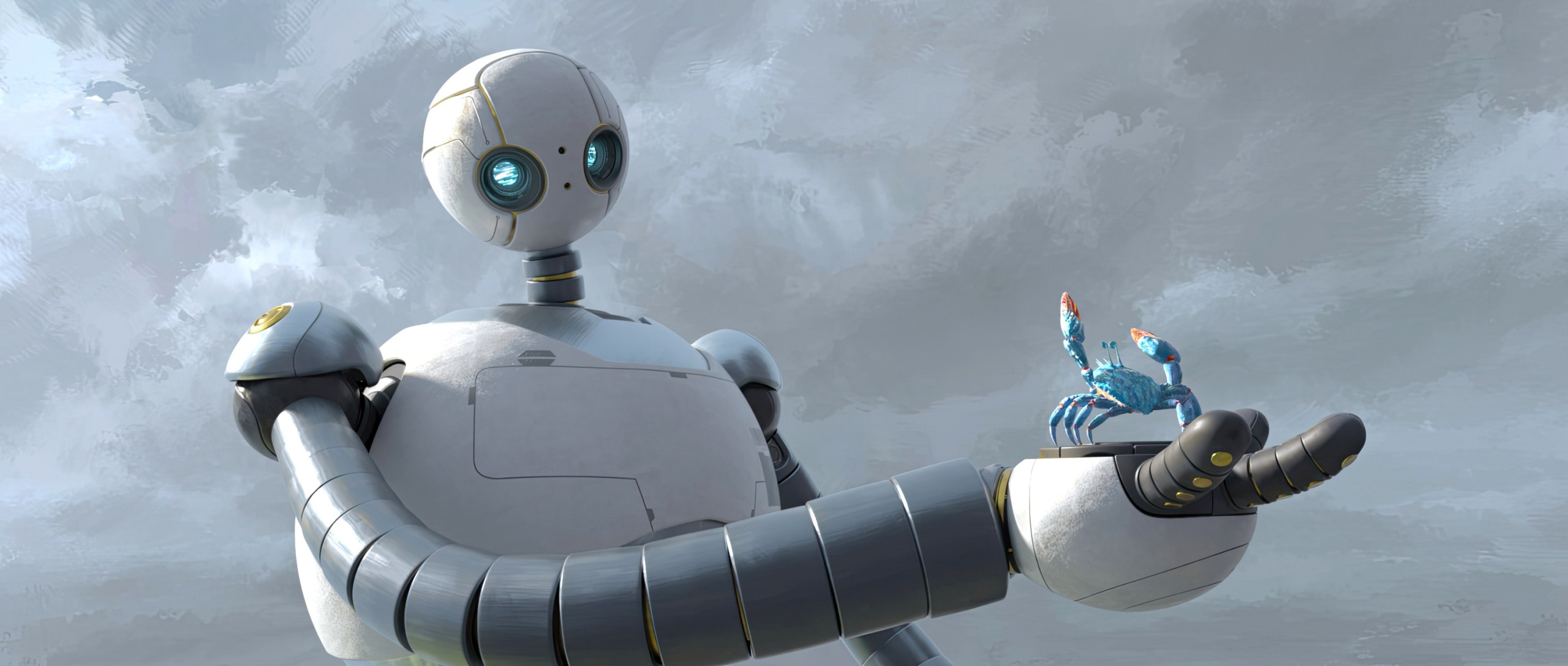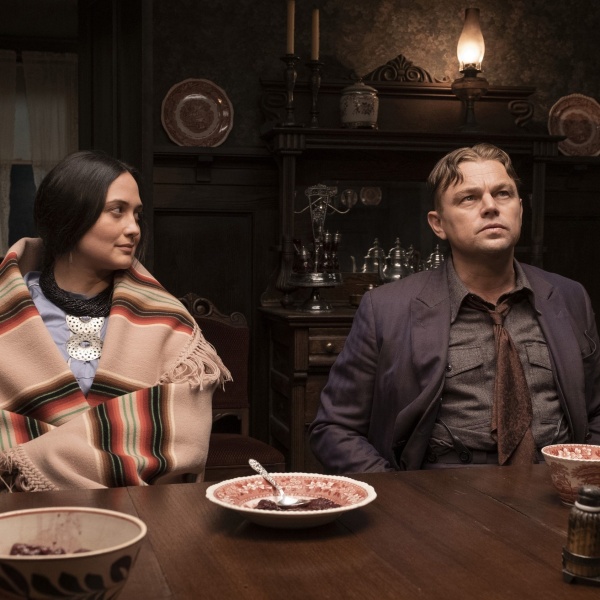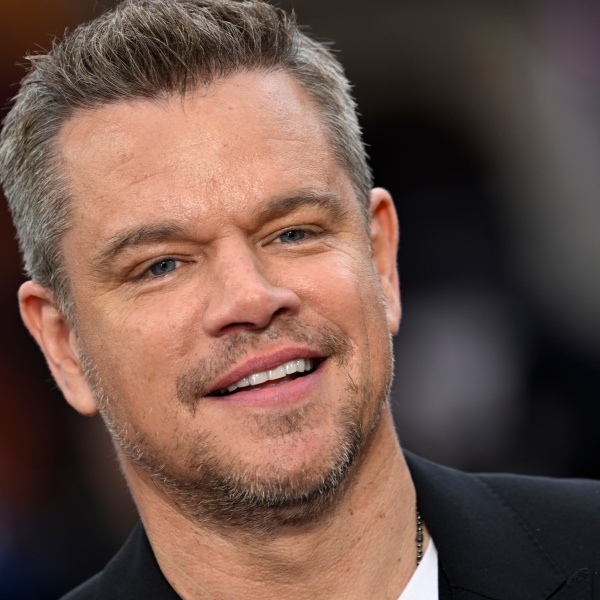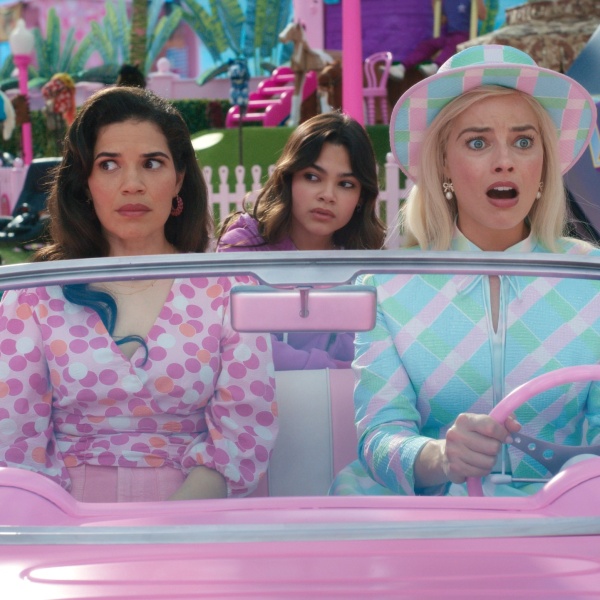What is Roz (Lupita Nyong’o) made of? The plot of “The Wild Robot” answers this in a dramatic, metaphorical way, once Roz is stranded on an island with no humans to care for but nonetheless stumbles her way into rearing a gosling named Brightbill (Kit Connor) and preparing him for migration. But just physically, what is Roz made out of, and what sort of abilities does she have?
That second question isn’t just a matter for the script or the character design process but for the sound team, too. Sound designers can create all the sounds we hear from scratch in a live-action context, of course — everything from Foley to ADR can replace the production sound captured on the day. But in animation, sound can do even more storytelling work, giving us the sense of a grounded reality no matter how high-flying the animation style, and director Chris Sanders brought the expert sound team at ILM in early so that Roz and the island itself would have a real presence that viewers may not notice, but will certainly feel.
Re-recording mixer and supervising sound editor Leff Lefferts, sound designer Randy Thom, and Sanders found their way to Roz first by thinking through some counterintuitive choices. From Bender to the Iron Giant, we’re used to robots having a metal body or, at the very least, a metallic core. But “The Wild Robot” team wanted the audience’s first impression of Roz to be not so much a standard issue robot but a novel, unfamiliar one.
Roz’s signature sounds needed to be futuristic to our ears. So instead of metal, gears, and clockwork sounds, Thom landed on a lot of pneumatic sounds and non-descript surfaces to convey her physicality. The choices were also anchored by the logic that her in-world designers wanted her to be pleasant-sounding enough to be ignored by the humans she helps. “You can’t really quite tell what she’s made of,” Lefferts told IndieWire. “When her parts open and when they move, we try not to draw attention to it.”
Very often, the best sound design doesn’t mean the most sound design, and the friendly whirring and playful pneumatic hums animating Roz show up just enough to help convey her personality but only assert themselves at narratively significant moments. “One of the things that Randy and Chris and I talked about from the very beginning — because we came on super early, which is always a huge blessing — was that if you hear Roz moving, every time she moves, you’re going to get tired of it really fast. So [the sound design] is really more about the moments when we want her to feel big or we want her to feel close,” Lefferts said.

But “The Wild Robot” sound team was also unafraid to break their own parameters to convey important, heightened moments of humor and drama. There’s a moment just before the start of Brightbill’s quest to learn how to fly when Roz introduces her son to his new teacher, the falcon Thunderbolt (Ving Rhames). When Thunderbolt lands on her arm, there’s a distinctly metallic ringing.
“That’s actually a little bit of an anvil hit,” Lefferts said. “It’s great because it’s funny and because when these big falcon talons come in and grab her arm, you want some kind of weight and some metal in it. So we break the rules. We’ve defined what she is, but we’re not locked into it.”
Developing Roz’s sonic identity involved a lot of collaboration, not the least from Nyong’o herself. “We started doing early tests playing with vocal processing and seeing if we could, as part of her arc, have [Roz] go from sounding more robot-y and mechanical to sounding more human,” Lefferts said.
As part of that exploratory process, the sound team listened to early recordings of Nyong’o’s performance, applied some processing, and sent it to the voice recording team to play with the next day — something that Lefferts, who has worked on animated films from “Coraline” to “The Super Mario Bros. Movie,” had never gotten to do before. But playing with vocal processing was unnecessary; Nyong’o could convey the journey with her voice alone.

“Her voice is incredible. They didn’t need us to be designing her arc because she made it,” Lefferts said. “She would change her posture and her head angle — change the way she held her throat muscles for different parts of the film and different situations that Roz was in.”
Where the sound team got to stretch its proverbial muscles was in the opening five minutes, which Sanders wanted the audience to experience as just sound and image, without much dialogue or any of Kris Bowers’ otherwise immense score. Sanders wanted there to be a clear tone and a range of sound, from the churning chaos of the storm that strands Roz to the quiet of waves lapping against the rocks.
That philosophy wasn’t too dissimilar, Lefferts said, from the way that Alejandro González Iñárritu had talked to the Skywalker Sound team about “The Revenant,” on which Lefferts was an additional re-recording mixer. “What Alejandro told us about the forest in ‘The Revenant’ was that the forest goes on, the creatures go on no matter what the camera’s doing,” Lefferts said. “[In ‘The Wild Robot’], the island is the island.”
That sense of the cycles of the natural world persisting, no matter what, is part of what gives “The Wild Robot” its pathos. There’s a sense of real but not needless nor melodramatic danger, which makes the relationships between the characters feel more real, too. That doesn’t mean Lefferts and the sound team didn’t also get to bend some rules in that sequence, though.

In Roz’s initial scramble for a task she can complete, she picks up a crab, only for a seagull to snatch it away. ILM has all sorts of sound libraries in which you can find representations of the natural world. However, Thom did the honors of voicing that crab scream himself.
“Quite possibly no one, none of us, can get past Randy’s crab death scream at the beginning of the movie without laughing,” Lefferts said. But there’s an important reason why they break the rules, and it isn’t just to land the joke.
“Roz has just made it all the way through this storm. She has no idea where she is. She was almost destroyed. Then to have that beat of ‘Did you order me?’ and the crab scream, to be able to make a bit of light sets the tone, because we are telling a very heavy and emotional story… It helps set up that beautiful ride that we go on,” Lefferts said.




